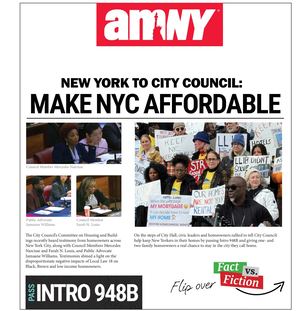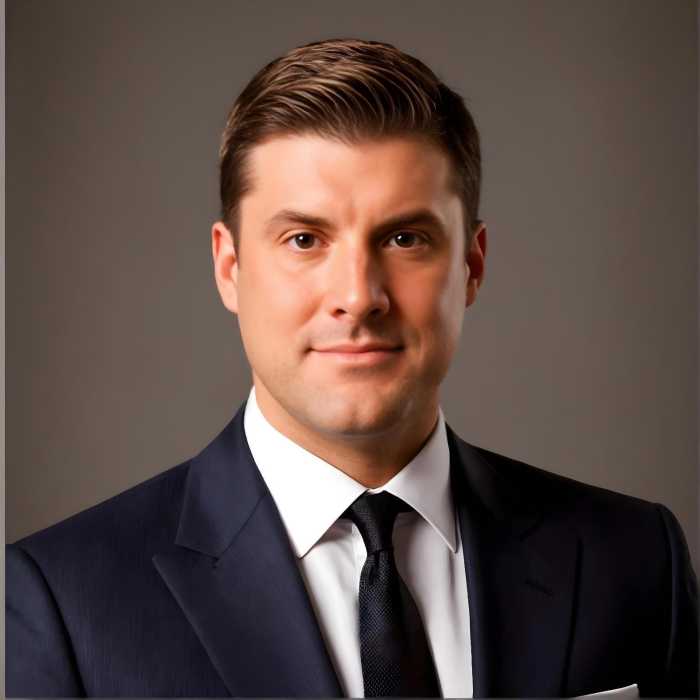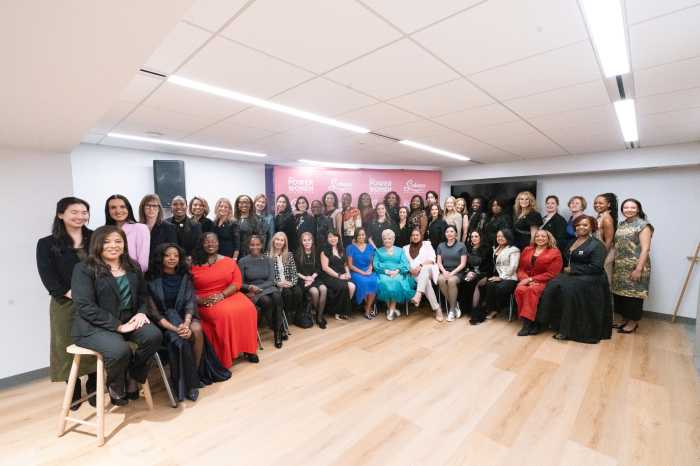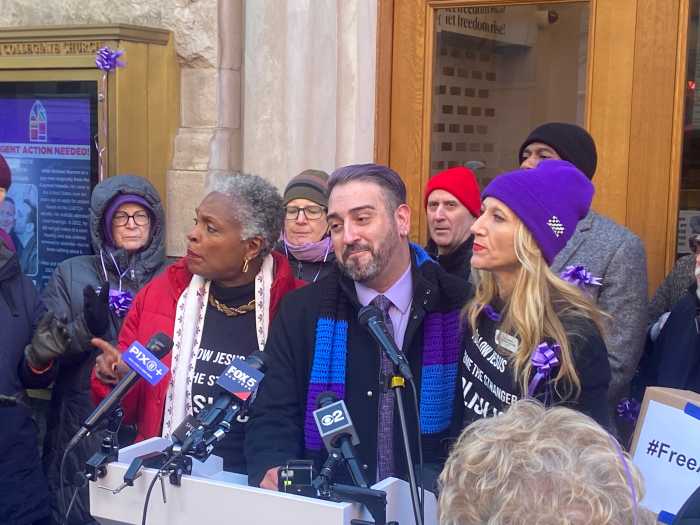Over Thanksgiving break, I joined 11 graduate and undergraduate students from the Islamic Center at New York University for a service trip to the Oceti Sakowin camp in North Dakota — a base for demonstrators protesting the Dakota Access Pipeline.
Approaching the camp, dozens of flags representing tribes, nations, and allies opposed to the pipeline lined the road.
There were handwritten signs banning alcohol, drugs and weapons. Small campfires were scattered across the camp as people struggled to stay warm in below freezing temperatures.
This was not your typical protest.
Fighting with Faith
At our orientation, one of the first lessons we learned was the importance of ceremony and prayer for organizing against the $3.7 billion Dakota Access Pipeline project.
The idea of grounding the fight against oppression in prayer and ceremony can seem irrational and ineffective — removed from direct action that immediately changes people. Yet each morning, people formed a prayer circle, centered around the camp’s sacred fire.
The Sioux elders who govern the Standing Rock protests would make announcements and share plans for the day in the prayer circle, but it was also a time for members of other indigenous tribes to speak and share their support.
They passionately sang songs passed down through their tribes on the themes of unity and overcoming difficulty. As hundreds of us stood around the prayer circle, we had the honor of listening in silence to the language and culture of a people that had been hidden from our high school textbooks and classroom discussions for so long.
It felt as if these indigenous people whose voices have not been heard for so long were finally beginning to get the freedom they deserve. They were singing and chanting in their mother tongue for the world to hear.
Although the thousands of people who came to the Oceti Sakowin camp represented many religious and spiritual backgrounds, the tribes expected all attendees to participate in these rituals as a core component of the pipeline fight.
Prayer plays a huge role in the Islamic tradition, but some members of my group wondered how we would handle a similarly diverse group gathered around a Muslim-centered cause: to what extent would we forego placing an emphasis on our practice of prayer in an effort to be inclusive to everyone?
As I stood in the prayer circle, I felt similarities to how I feel standing in congregation, listening to my imam recite the Qur’an. Too often, we fear alienating or excluding those who support us, but Standing Rock Indian Reservation reminded me of the power of conviction: The dedication of the indigenous tribes to their practices and to prayer as a form of protest was empowering.
Learning from the Standing Rock Sioux
We met members of the Standing Rock Sioux Tribe like Basheer Butcher, a Muslim convert from the Cheyenne River Reservation in South Dakota. He explained that the NoDAPL protests were the first time in more than a century that hundreds of tribes gathered around a common cause. He hoped the media coverage of Standing Rock would help Americans become better acquainted with the challenges that indigenous people face. Even at our camp in North Dakota, security forces were brutal in their tactics. While there, I saw them shine bright flood lights on the camps at night and fly loud airplanes above 24 hours a day.
Butcher emphasized the need for visitors like us not to forget the indigenous people. The 2.5 million natives who live in the United States. have the highest rate of poverty rate of any racial group, according to the American Community Survey. Conditions on reservations have worsened as Congress has failed to honor its treaties in adequately providing funding for education, health care and other resources.
It was an honor to eat, sleep and live on the lands of the Standing Rock Sioux Tribe. Unfortunately, we could only stay a few days and took more than we could give.
The indigenous people who started the camp continue to see people come and go. But still, I could not have felt more welcomed.
I will never know what it is like to have the land of my people taken away. But the indigenous people I met fighting to defend their land and water should inspire us all to think twice about compromise at the expense of losing our own history, heritage and values.
This is part of an occasional series of guest amExpress columns.






































